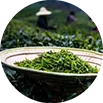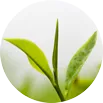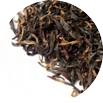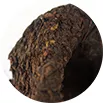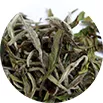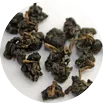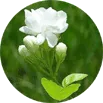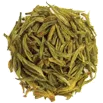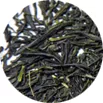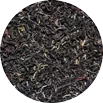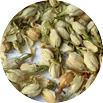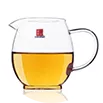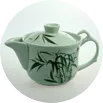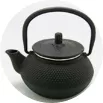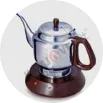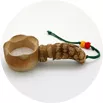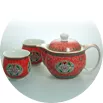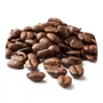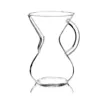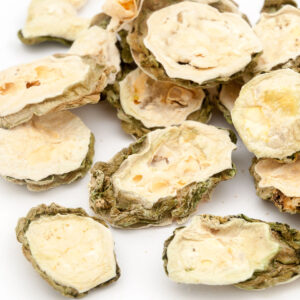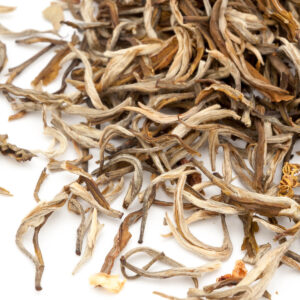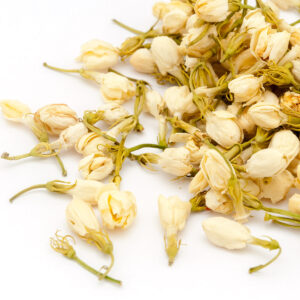Jasmine (green) teas are produced in many Chinese provinces and are quite popular (especially in the north of the country). Teas can either be dried together with jasmine and absorb its aroma, or jasmine flowers are added directly to the tea. This gives the teas an aroma of jasmine, but still retains its original taste.
Bi Tan Piao Xue
€15,12
“Snow falling on a jade green pond” – a beautifully poetic name for a fine green tea from the spring harvest in the Ze Rong region of Fujian. The tea was scented with the finest autumn jasmine in a high ratio of 5:1 (5kg of jasmine flowers were used for 1kg of tea).
Jasmine flowers are also abundantly present in the tea itself (although they do not add any more aroma – they are aesthetically pleasing and give meaning to the poetic name of the tea).
The tea has a distinctly jasmine-sweet, silky-fruity flavour with a rich aroma that lasts for many infusions.
Related products
Momordica charantia (ku gua)
Momordica charantia (ku gua) - creeping or creeping, pumpkin-like plant with herbaceous shoots up to 5 m long. Its tendrils are branched, leaves typically palmately five to seven-lobed, flowers unisexual, five-fold, yellow in color, with distinct veins. The fruits are 5-25 cm long, spindle-shaped, with a wrinkled surface, ripening yellow. The plant has been introduced to virtually all tropical areas.
Hua Cha Cui Ming
Jasmine flower (mo li hua)
Dried jasmine flower (moli-hua), Jasminum Sambac. It comes from China, from where it spread further to Arabia and Persia and from there to Europe. It is an evergreen climbing plant or shrub, which grows to a height of 0.5-3 m. According to Chinese medicine, it improves eyesight and promotes smooth menstruation.


